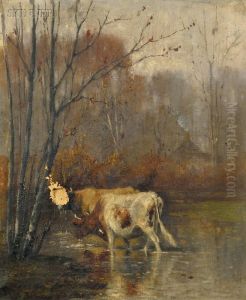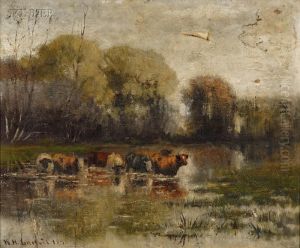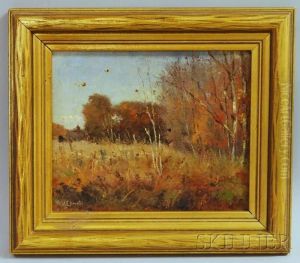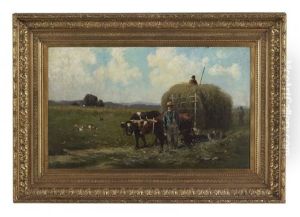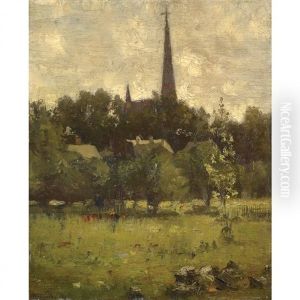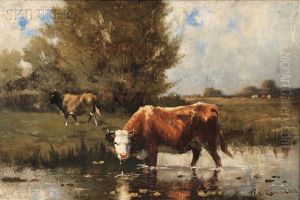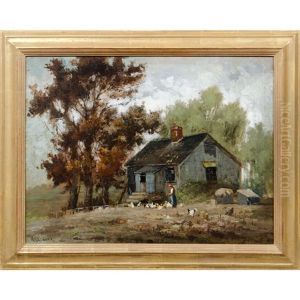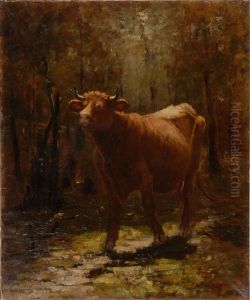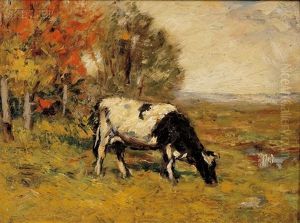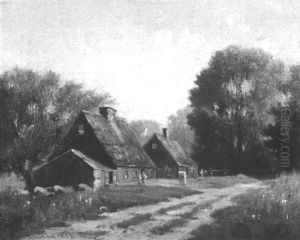Wilbur H. Lansil Paintings
Wilbur H. Lansil was an American artist born in Bangor, Maine, in 1855. Though not as widely known as some of his contemporaries, Lansil made a name for himself primarily as a landscape painter. His works often reflected his New England roots, showcasing the natural beauty of the northeastern United States, with a special focus on maritime scenes and rural landscapes.
Lansil's artistic journey began at a young age, influenced by the picturesque environment of Maine. He developed a keen eye for detail and color, which became hallmarks of his painting style. During his career, Lansil traveled to various parts of the world including Europe, which influenced his artistic development. His European sojourns, particularly to Venice, had a profound impact on his work, as seen in the luminous quality of light and the delicate rendering of water in his Venetian scenes.
Despite these travels, Lansil remained deeply connected to his American roots, and his paintings often depicted the serene and bucolic settings of New England. His works were characterized by their tranquil atmospheres and a certain poetic quality, often capturing the harmonious relationship between humans and nature.
Unfortunately, Wilbur H. Lansil's life and career were cut short when he died in 1897 at the age of 42. His death meant that his potential remained only partially fulfilled, and he did not achieve the same level of fame as some of his peers. However, his paintings continue to be appreciated by art collectors and historians who recognize the unique contribution of his New England landscapes to the American art canon.
Today, Lansil's works can be found in various art collections and have been featured in exhibitions that focus on regional art of the United States. His legacy lives on as a testament to the rich artistic heritage of New England and the enduring appeal of landscape painting in American art history.


